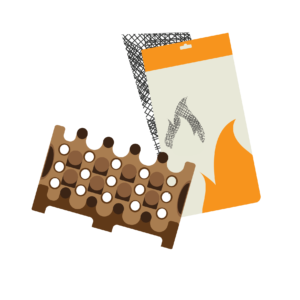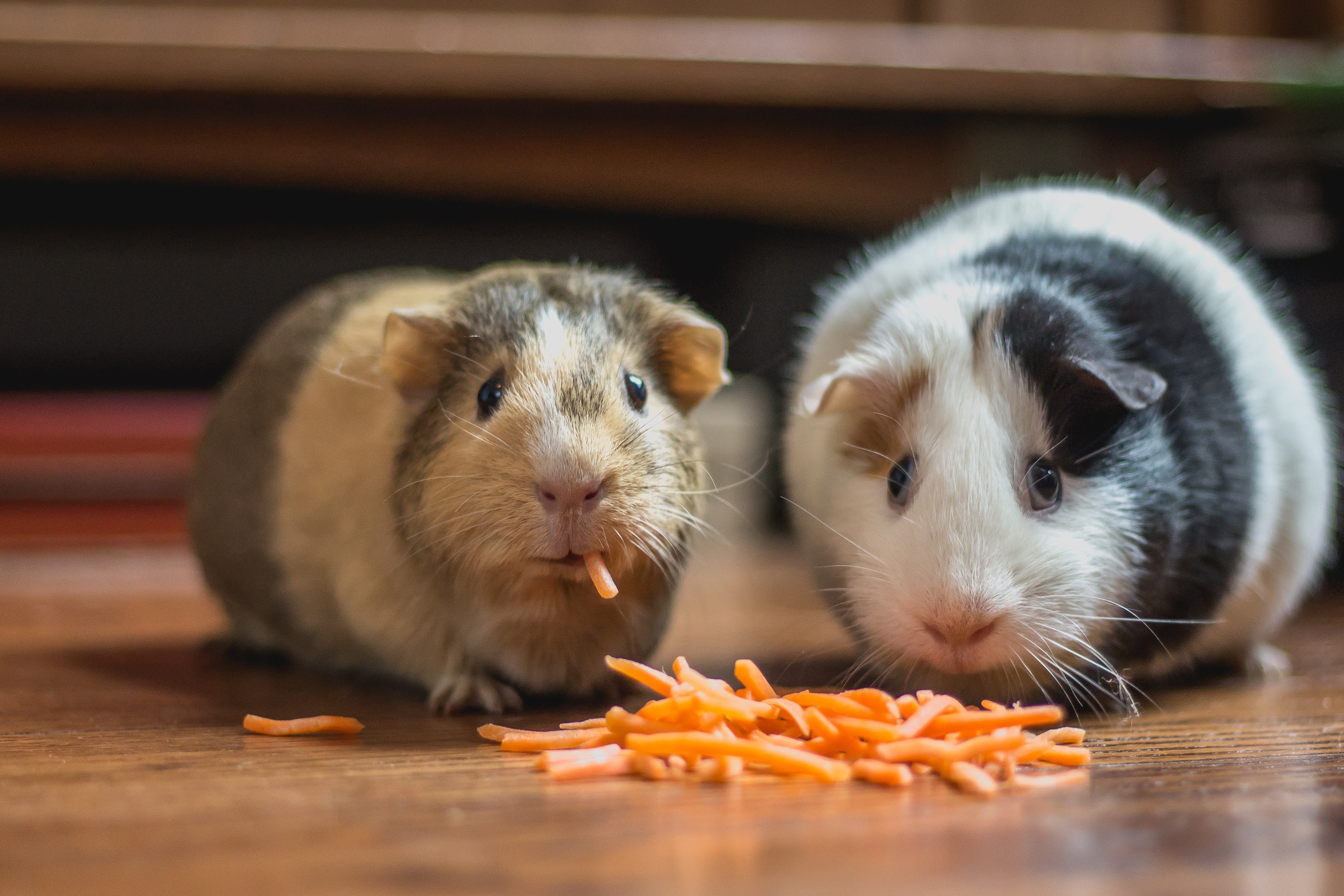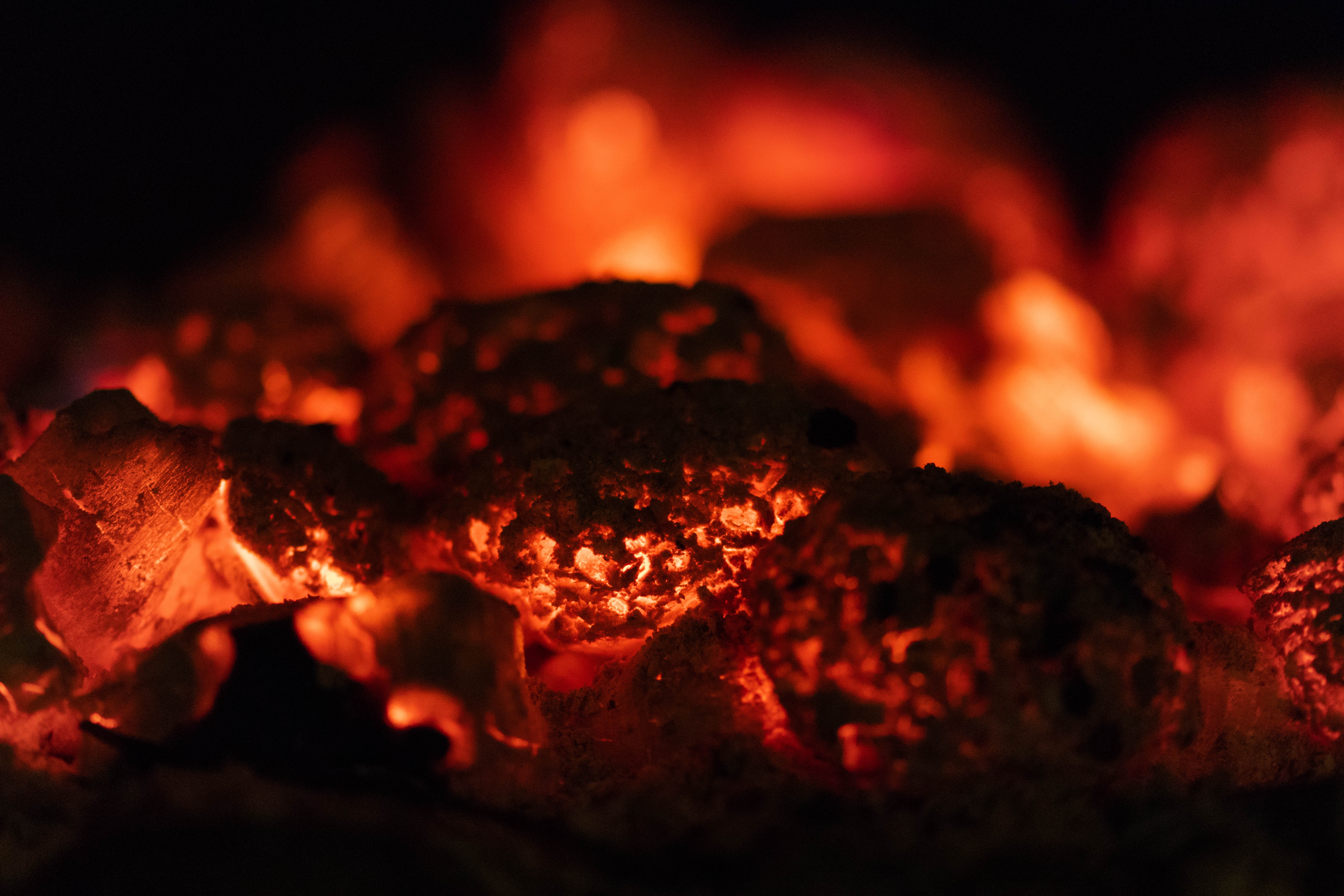How Can You Be More Sustainable?
In recent months the topic around changing your lifestyle to make it eco-friendlier has been popular and for good reason.
The planet is struggling with pollution; 8 million metric tonnes of plastic ends up in our oceans each year, and carbon dioxide levels in the air are at their highest in 650,000 years. You can’t become zero waste overnight living in a plastic heavy world. But there are things you can do to help eliminate single-use plastics, reduce your waste and become more sustainable.
Watching your air miles
Flying contributes to around 13-15% of the UK’s impact of greenhouse gas emissions. On average the British person takes a short haul flight every two years and long haul every five years. Only a minority of regular flyers causes a substantial slice of UK emissions. So it is safe to safe you don’t need to give up your holidays just yet.
 Firemizer and Firebuilder
Firemizer and Firebuilder
Make your stove more environmentally friendly. Firebuilder is 100% green, made from recycled cardboard, contains no chemicals and emits no foul smells when burning. Firemizer can reduce fuel usage and reduce particulate emissions by 72%
Burning wood and coal
Bio-bean makes Coffee Logs that are an alternative for burning seasoned logs or coal. These logs are made from coffee grounds and are very environmentally friendly. The UK produces hundreds of thousands of tonnes of waste coffee grounds every year, most of which is disposed of via landfill where it emits methane, a greenhouse gas that is 28 times more potent than carbon dioxide. – Bio-bean. You can use these logs with Firemizer, read our review here!
Things you didn’t know contain plastic
- Biodegradable cutlery – This looks like it helps the environment hence the word biodegradable. However, these contain a mixture of corn starch and plastic. These can’t be composted by
 a regular old joe, the bioplastic needs to be broken down using very high heat. An alternative could be bamboo cutlery since these contain no plastic and are easily affordable.
a regular old joe, the bioplastic needs to be broken down using very high heat. An alternative could be bamboo cutlery since these contain no plastic and are easily affordable. - Tea bags – Plastic is used to seal the tea bag so they don’t come open in the box or in your tea. This also means they aren’t fully 100% biodegradable so composting them will leave bits of microplastic in the soil. However, not all tea bags contain plastic some use a byproduct of corn starch to seal their teabags. Unfortunately, these are still not suitable to be composted in your home.
- Coffee Cups – Takeaway coffee cups are hard to recycle mainly due to the plastic lining inside the cup designed to make the cup leakproof. An alternative would be a reusable coffee cup and you normally get money off your coffee for using one.
With all this in mind, it just about doing what you can for the environment whether that’s big or small changes. Everyone has to start somewhere!
References
https://www.theguardian.com/environment/2010/apr/06/aviation-q-and-a
https://www.bbc.co.uk/news/science-environment-43739043
https://moralfibres.co.uk/is-there-plastic-in-your-tea/
https://ecolunchboxes.com/blogs/news/when-compostable-is-sometimes-worse-than-plastic



 On cold days there is nothing better than sitting in front of a warm fire or enjoying summer evenings sitting outside by the fire-pit. What makes this even better is sharing it with your four-legged friends. As it is national pet month we thought to share some tips an precautions you can take for keeping your home fire safe for your pets.
On cold days there is nothing better than sitting in front of a warm fire or enjoying summer evenings sitting outside by the fire-pit. What makes this even better is sharing it with your four-legged friends. As it is national pet month we thought to share some tips an precautions you can take for keeping your home fire safe for your pets. Practice escape routes with your pets and make sure collars ID tags, microchips are up to date and their leash is readily available if you have to make an escape.
Practice escape routes with your pets and make sure collars ID tags, microchips are up to date and their leash is readily available if you have to make an escape. Birds – get them accustomed to being in a bird carrier, drape a damp sheet over the carrier to block out soot and dust as their lungs are fragile.
Birds – get them accustomed to being in a bird carrier, drape a damp sheet over the carrier to block out soot and dust as their lungs are fragile. Frogs – have quarantine tanks ready for an emergency, if it is cold it will need heating and insulation. Use a heating pad, towels or extra clothes to wrap around the tank. If you can’t access Clean water make sure you have a few bottles or spray bottles.
Frogs – have quarantine tanks ready for an emergency, if it is cold it will need heating and insulation. Use a heating pad, towels or extra clothes to wrap around the tank. If you can’t access Clean water make sure you have a few bottles or spray bottles.
 Coal and Multi fuel stoves
Coal and Multi fuel stoves